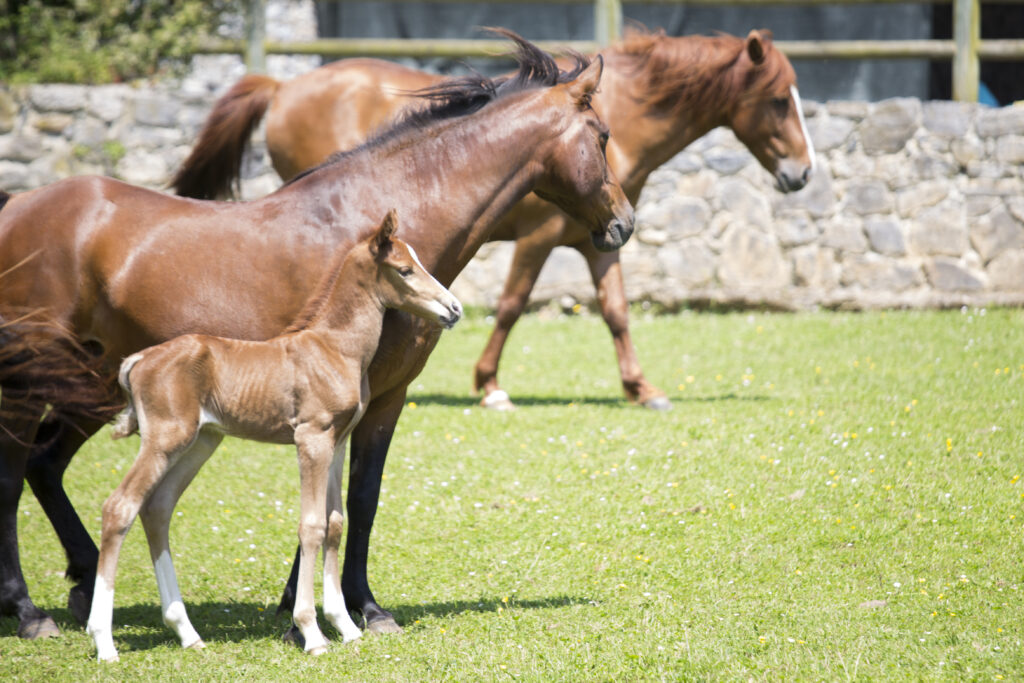
Recipient mares are becoming increasingly scarce, so instead of relying on embryo transfer facilities to provide them, many owners are securing their own. Mares used as recipients must be in good general health, which means having a good body weight, healthy feet, and an appropriate age.
“Stick with younger mares because reproductive potential starts to decline after 15 years of age,” said Melissa Prell, DVM, MS, Dipl. ACT, director at Peterson Smith Advanced Fertility Center, in Summerfield, Florida, during a Burst Session at the 2023 AAEP Convention in San Diego.
A good recipient mare will also have a nice temperament and be easy to handle. And, of course, recipients must be reproductively sound with no pooling of fluid in the uterus.
Tips and Techniques for Synchronizing Donor and Recipient Mares
When synchronizing the donor and recipient, keep in mind the timing for optimal results.
“Recipients can ovulate one day before, the same day, or up to three days after the donor ovulates,” said Prell.
Veterinarians must ultrasound both donor and recipient mares to see where they are in their cycles. In the easiest case scenario, they’ll both be in diestrus. If they are, we can short-cycle them to synchronize their cycles appropriately for embryo transfer by administering prostaglandin first to the donor and then to the recipient two days later. This staggers the recipient’s cycle behind the donor.
As another example, if the recipient mare isn’t cycling, we can mimic an estrous cycle by administering estrogen to the recipient for two days, starting the same day the donor mare ovulates, Prell explained. Then, on the third day, start progesterone therapy (oral or short-acting injection). This shifts the predominant hormone from estrogen to progesterone, which is the natural shift that would occur if the mare had ovulated. Maintain progesterone administration until the time of transfer, she said.
“This latter protocol works really well, but there is an added cost for this, and it’s more work for the owner,” Prell noted. “But it’s better than not having a recipient at all.”








